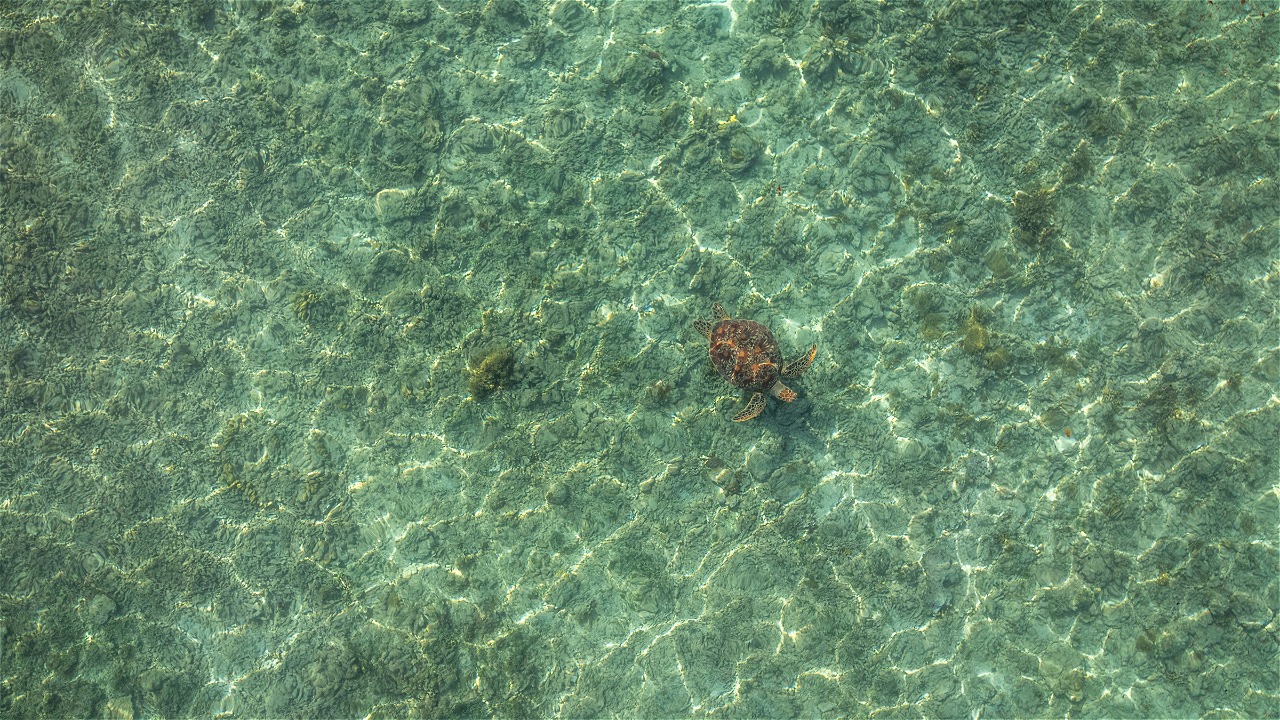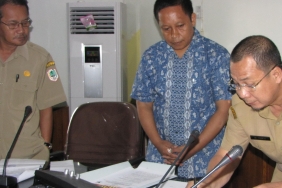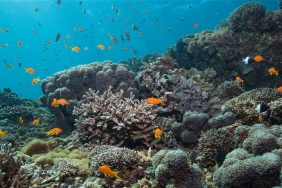HOAT ISLANDERS LEARN HOW TO SAVE SEA TURTLE POPULATION IN KEI WATERS
By: Muhamad Iqbal (Fisheries Assistant, WWF-Indonesia Inner Banda Arc Sub-Seascape)
Hoat Island in the Kei Islands, Southeast Maluku is said to be the 'garden home' for kotoni seaweed farmers in Ohoi (village) Debut and surrounding areas. Not only that, Hoat Island is also a landing site for sea turtles in the Ten Island cluster of the Kei Islands.
The Turtle Lestari Network Group, a group of seaweed farmers assisted by WWF-Indonesia, does not just utilize the coast as a cultivation area. More than that, they are committed to protecting the environment and protected marine biota, especially sea turtles.
"Many green turtles (Chelonia mydas) and hawksbill turtles (Eretmochelys imbricata) go up and lay eggs on several islands on the coast of Pulau Hoat and its surroundings," a member of the Network of Sustainable Turtle Groups told us. "We often take the initiative to move the turtle eggs to a protected and safe place, so that they are not submerged in water," he continued.
Indeed, the short coastline of Hoat Island and the high level of abrasion there require turtles to lay their eggs near tidal areas. This causes many nests to be submerged in water and rotten. However, the community's lack of knowledge about turtle handling often means that the eggs do not survive.
Public awareness must indeed be supported by qualified knowledge. Therefore, on April 5-6, 2017, WWF-Indonesia held a training on handling and saving sea turtles in Kei waters.
This training involved several related agencies from Tual City and Southeast Maluku Regency. Not only enriching the knowledge of the community, this training is also needed by all related agencies. Thus, it can increase the life expectancy of sea turtles in Kei Waters, and reduce the level of hunting and consumption of these animals. Yes, the hunting of green turtles for consumption and trade in traditional markets is still a polemic in these islands.
Taking place in Tual City and Hoat Island, the training equipped the community with the best handling skills for turtle eggs and hatchlings. Of course, so that they can survive, and later return to Hoat Island to lay eggs.
Knowledge about sea turtle handling and rescue is still new to the community. So far, the handling and release of sea turtles has only been a symbolic event, without caring about the future effects on sea turtles.
The good news is that this effort to increase the capacity of the community and related agencies was welcomed by all stakeholders. Hopefully, after this, it will be easier for the community and government agencies to take steps in protecting the turtle population in Hoat Island and its surroundings.





